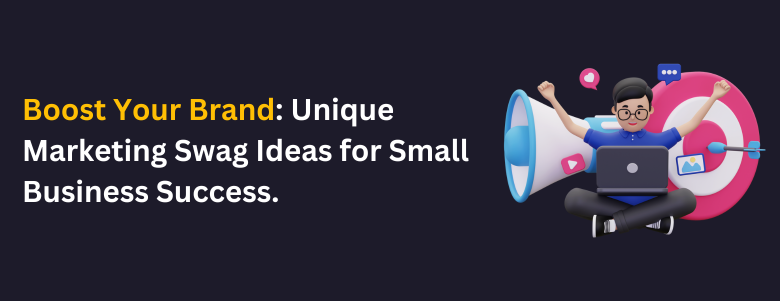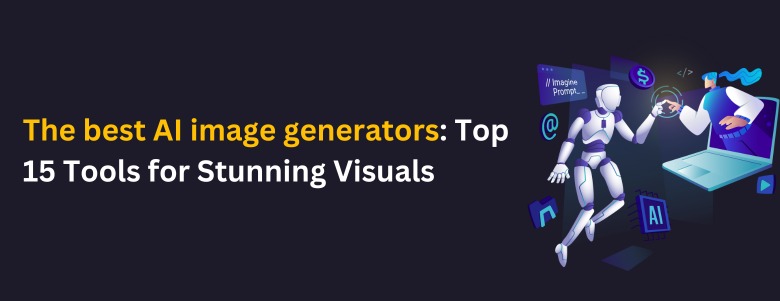Why Python Is the Best Choice to Use When Developing a Web App
Selecting the right programming language is crucial when it comes to web development as it could mean the difference between success and failure on your project. When it comes to programming languages, there are themes upon themes of programming languages, and because of this, developers typically choose programming languages that are powerful enough, flexible enough, and allow them to program interactively while being in a simple, effective programming environment. Python is quickly rising as the best programming language for web development, specifically because of its readability, flexibility, and has an established ecosystem. In recent years, Python for web development has quickly gained popularity and it is no coincidence because it is easy and efficient.Need help with customized web-development using python. Our team of web-development can help you achieve your goal without getting involved in complex problems and saving your time and efforts. Table of Contents Table of Contents 1. Introduction 2. Simple, Clean Syntax 3. Strong Web Frameworks 4. Rapid Development Speed 5. Flexible and Scalable 6. Incredible Community Support 7. Versatile and Full-Stack 8. Strong Security 9. Extensive ORM and Database Support 10. Cross Platform 11. Large Demand and Opportunities 12. Hubbub Ecosystem and Libraries 13. Modern Development Tools 14. Conclusion 15. FAQs 2. Simple, Clean Syntax Python’s philosophy revolves around readability. This is reflected in Python’s syntax, which is clean, simple, and resembles plain English. Readable code is easier to read, maintain, and debug. The readability of Python is advantageous in the web development space because development is typically iterative and collaborative. Therefore the readability of Python helps to enhance team productivity while at the same time reducing the learning curve for new people joining the team, when onboarding can be faster and much more efficient with Python’s syntax. This makes Python web development especially effective in agile, team-based environments. 3. Strong Web Frameworks These frameworks are fundamental in Python web development because they allow rapid feature implementation and reduce boilerplate. Python has ample offerings of mature and stable web frameworks which dramatically shorten development time. The two most popular are: Django: A high-level web framework that subscribes to the “batteries-included” philosophy, Django provides built-in tools for user authentication, content management, security and much more. This allows developers to deploy features rather than spend their time recreating existing tools. Flask: A lightweight and modular framework ideal for smaller projects or microservices. Flask provides the flexibility to choose your tools and libraries, making it perfect for developers who want more control over their application’s architecture. Whether you’re creating an MVP or a robust enterprise solution, these frameworks enable fast-paced web development using Python. 4. Rapid Development Speed The combination of clean syntax and frameworks ensures that Python for web development supports rapid iteration and deployment cycles. Python enables rapid prototyping and development. The combination of a clean syntax, a rich standard library, and well-supported frameworks means developers can turn ideas into working products much faster than with many other languages.Startups especially benefit from Python web development because of the reduced time-to-market and development costs. 5. Flexible and Scalable Despite its simplicity, Python is incredibly powerful. Its flexibility allows developers to build everything from simple web apps to complex enterprise-level platforms. Applications built with Python frameworks like Django are highly scalable and capable of handling increased traffic and data loads as the user base grows. This versatility proves how web development using Python can adapt to projects of all sizes and industries. Python’s ability to integrate with other technologies and platforms also makes it suitable for a wide range of use cases beyond traditional websites, including data-heavy applications, APIs, and even real-time services. 6. lncredible Community Support Python has one of the largest and most active developer communities in the world. This strong support system means developers can easily find tutorials, documentation, third-party packages, and answers to their questions. The Django and Flask communities are particularly active and maintain detailed documentation, making it easier for developers to learn and build with confidence. With such a massive ecosystem, it’s no surprise that Python for web development continues to thrive across diverse sectors. 7. Versatile and Full-Stack Python is a general-purpose language, meaning it’s not just limited to web development. Its wide-ranging capabilities allow developers to use it across the entire tech stack—from front-end integrations (via APIs or WebSockets) to server-side logic and database management. Because of this versatility, Python web development is a smart choice for teams working across the full stack. Moreover, Python is frequently used in data analysis, machine learning, AI, automation, and scripting. If you plan to integrate such functionalities into your web applications (e.g., recommendation engines, chatbots, etc.), Python makes it easier to do so within the same environment. 8. Strong Security Security is a top priority in web development, and Python frameworks offer built-in features to help developers write secure applications. For example: Django has automatic protections against common security threats like SQL injection, cross-site scripting (XSS), cross-site request forgery (CSRF), and clickjacking. Flask offers extensible security libraries that can be integrated based on the developer’s needs. This helps developers focus on features without compromising security, especially in applications handling sensitive data. Security is baked into the core of most tools in Python web development, making it a go-to for sensitive and enterprise applications. 9. Extensive ORM and Database Support Most modern web applications interact with databases. Python supports a wide variety of databases including PostgreSQL, MySQL, SQLite, and MongoDB. Frameworks like Django come with built-in Object-Relational Mapping (ORM) systems that simplify database management. ORMs allow developers to interact with databases using Python code instead of SQL queries. This abstraction not only speeds up development but also reduces the chance of database-related bugs and security issues. This is another area where web development using Python outshines many alternatives by offering both simplicity and power. 10. Cross Platform Python is a cross-platform language, meaning it can run on various operating systems like Windows, Linux, and macOS without requiring significant changes to the codebase. This makes it
Why Python Is the Best Choice to Use When Developing a Web App Read More »









